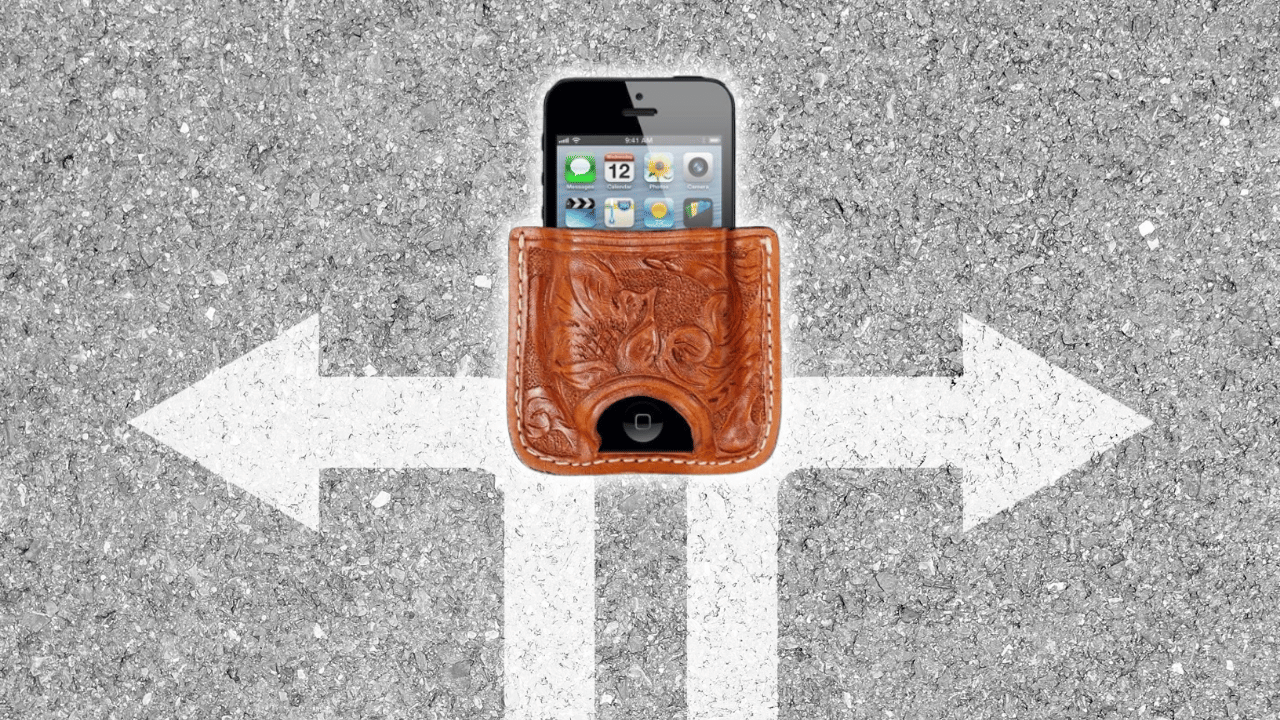Understanding the Difference Between Genuine and Faux Leather
When shopping for a smartphone case, the choice between genuine leather and faux leather comes up often. Both materials look stylish, but their differences go beyond appearance.
Genuine leather is made from animal hide that’s treated and tanned to enhance durability, softness, and appearance. Its surface can show natural grain and slight imperfections—signs of authenticity. Over time, it develops a patina that gives each case a unique look.
Faux leather, by contrast, is a synthetic material—usually polyurethane (PU) or polyvinyl chloride (PVC)—designed to imitate the texture of real leather. It’s cruelty-free, more affordable, and comes in a wide range of colors and patterns.
In practice, the difference is similar to wearing real suede shoes versus a synthetic version: both work, but they age and feel differently.
The Pros and Cons of Each Material
![The-Pros-and-Cons-of-Each-Material]() Genuine Leather Cases: Timeless Quality and Long-Term Investment
Genuine Leather Cases: Timeless Quality and Long-Term Investment
Pros:
- Durability: Real leather improves with age and resists tears better than synthetics.
- Premium feel: The texture and aroma offer a luxurious experience.
- Natural insulation: It provides a better grip and temperature control.
Cons:
- Higher cost: Quality comes at a price—genuine leather cases often cost double or triple their faux counterparts.
- Maintenance: Leather needs occasional conditioning to prevent drying or cracking.
- Ethical concerns: Some users prefer to avoid animal products.
Practical Tip: To extend lifespan, treat your case with a leather conditioner every few months. dd
Faux Leather Cases: Style Without the Expense
Pros:
- Affordable: Great for those who want a sleek look without a high investment.
- Ethical choice: Popular among vegan or eco-conscious consumers.
- Variety: Easier to find in trendy colors, textures, and patterns.
Cons:
- Shorter lifespan: Faux leather tends to peel or crack over time.
- Less breathability: Can trap heat and may feel sticky in warmer climates.
- Lower resale or longevity value: Faux materials don’t develop a patina or “character.”
A common mistake is assuming high-priced faux leather equals better durability. In reality, even “premium PU” leather typically lasts 1–2 years with daily use, while genuine leather can last 5 years or more.
Which Should You Choose?
 The best smartphone case depends on your priorities:
The best smartphone case depends on your priorities:
- For luxury and longevity: Go for genuine leather. It’s a long-term investment that enhances your phone’s professional look.
- For affordability and ethics: Faux leather is ideal if you prefer cruelty-free options and like switching styles often.
In digital marketing studies on consumer behavior, professionals who prioritize durability and timeless aesthetics choose genuine leather.
Ultimately, the right decision blends practicality with personal values—opt for the case that fits your lifestyle, budget, and beliefs.
FAQs
Does faux leather protect my phone as well as genuine leather?
Yes, both materials can protect against scratches and minor drops. However, genuine leather offers slightly better shock absorption and grip.
How can I tell if my smartphone case is real leather?
Look for uneven grain, natural scent, and soft texture. Real leather feels warm and flexible, while faux versions often have a uniform pattern and a plastic-like smell.
Whether you value longevity or sustainability, understanding the real difference between genuine and faux leather helps you make an informed choice—one that protects not just your phone, but your personal style too.


 Genuine Leather Cases: Timeless Quality and Long-Term Investment
Genuine Leather Cases: Timeless Quality and Long-Term Investment







